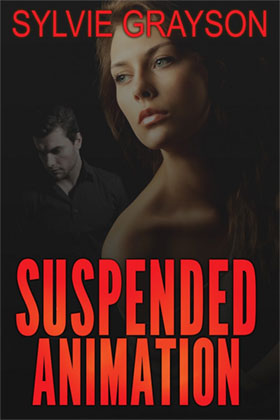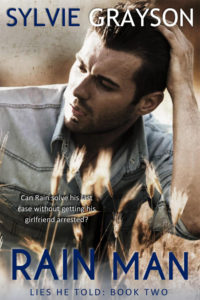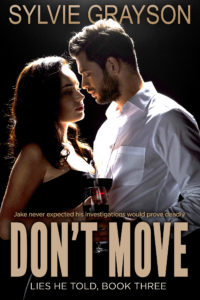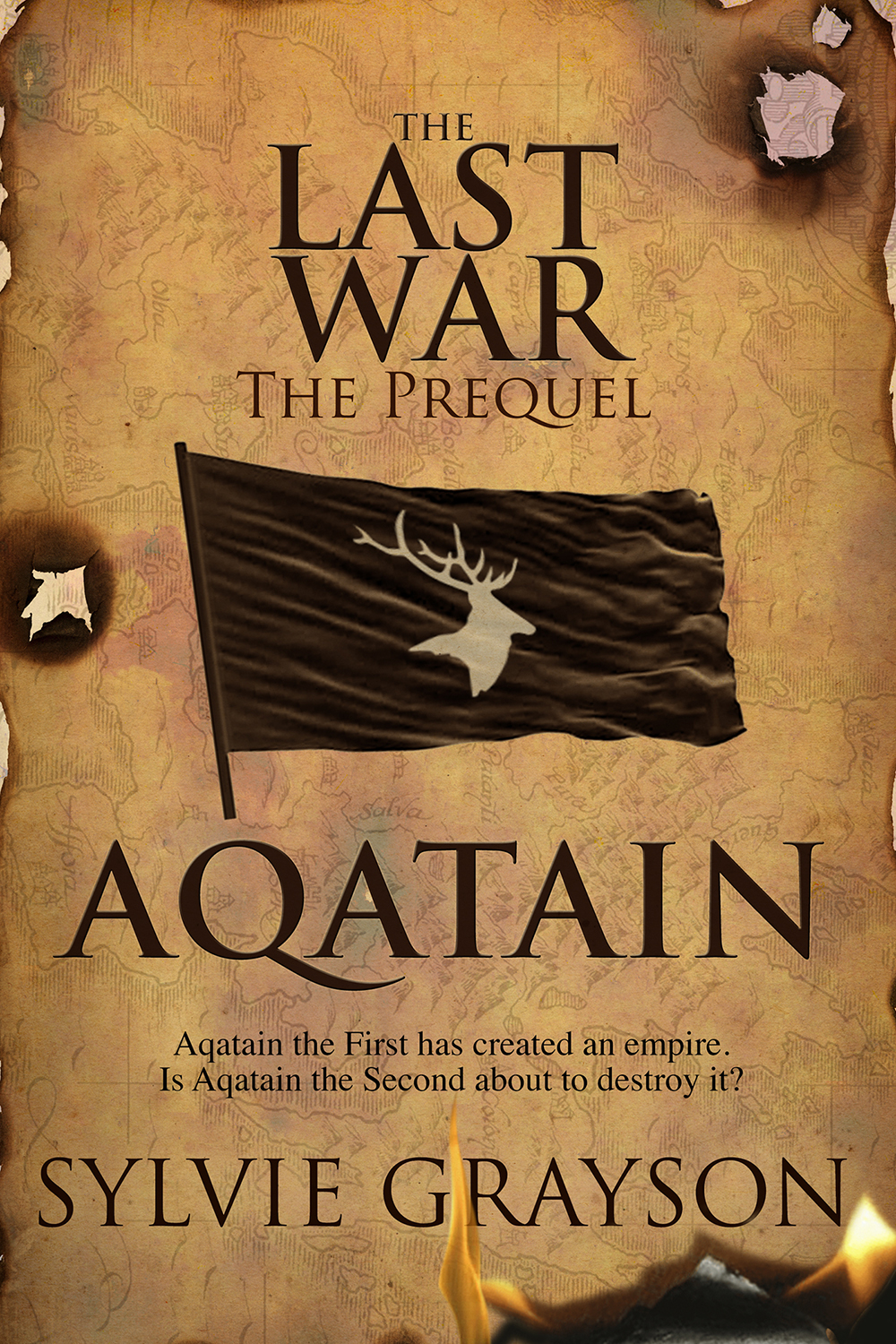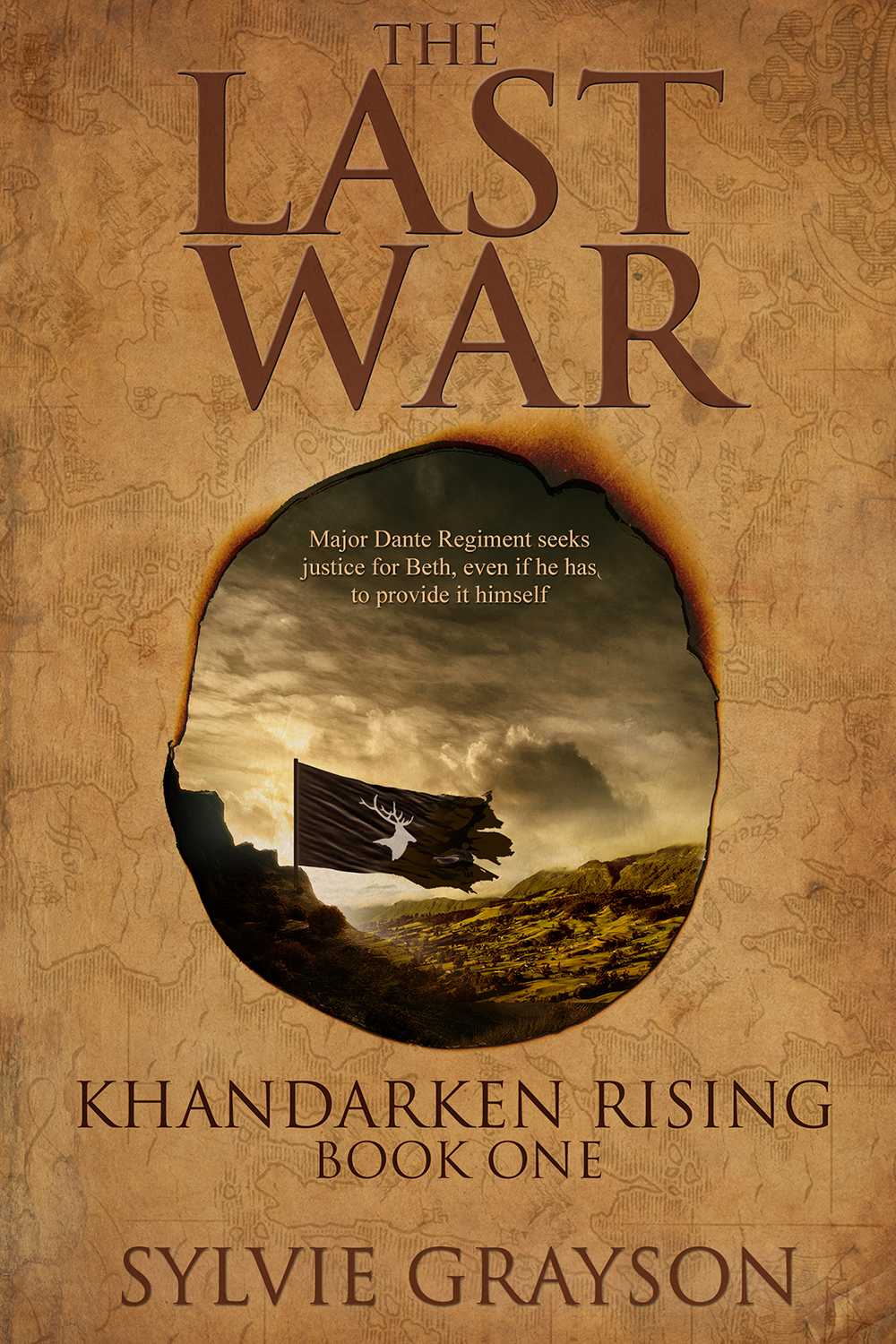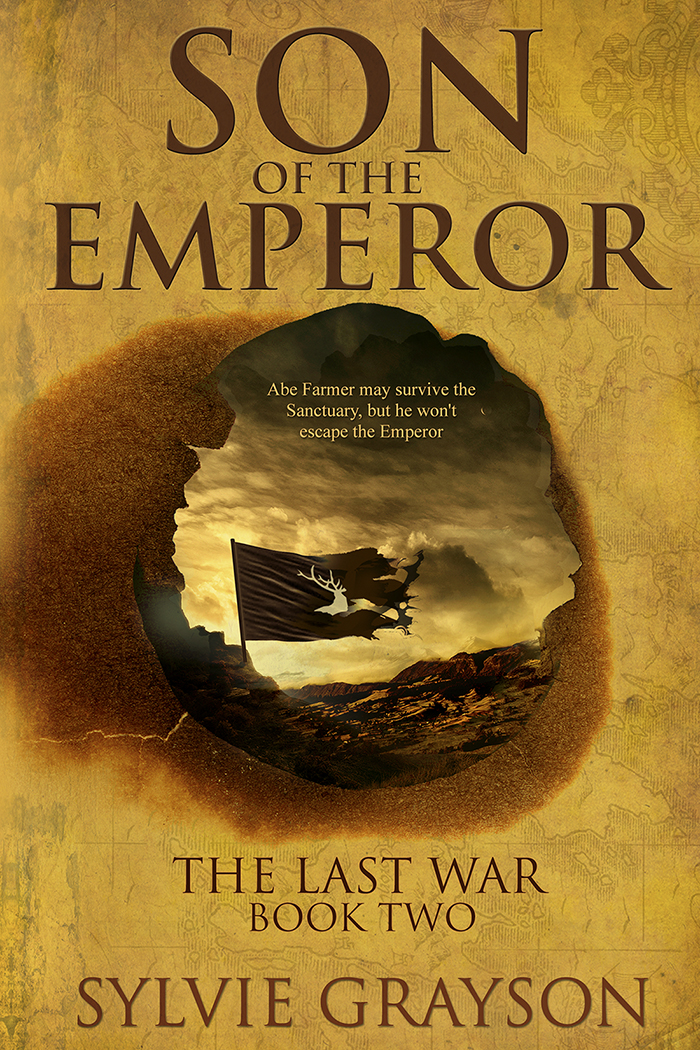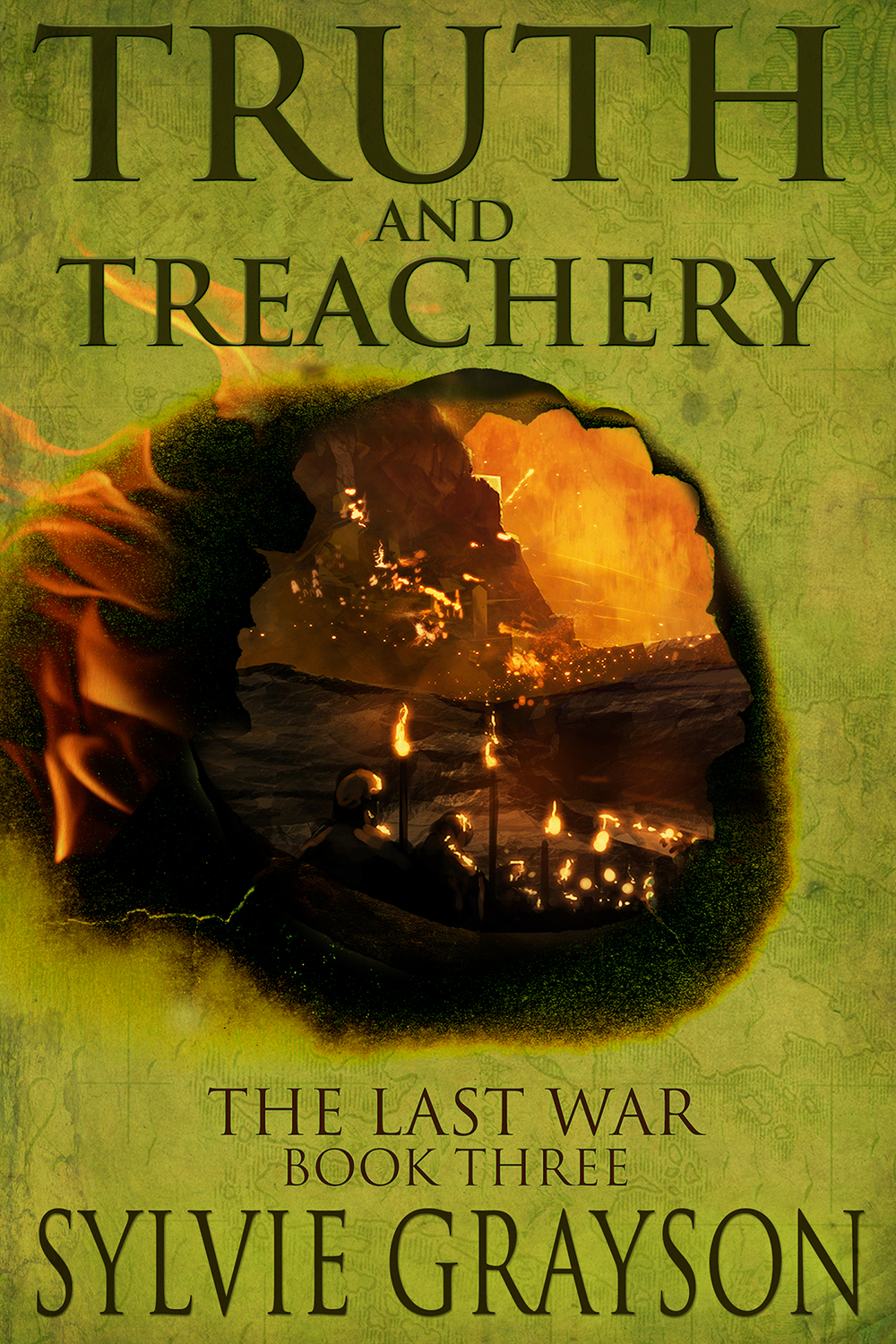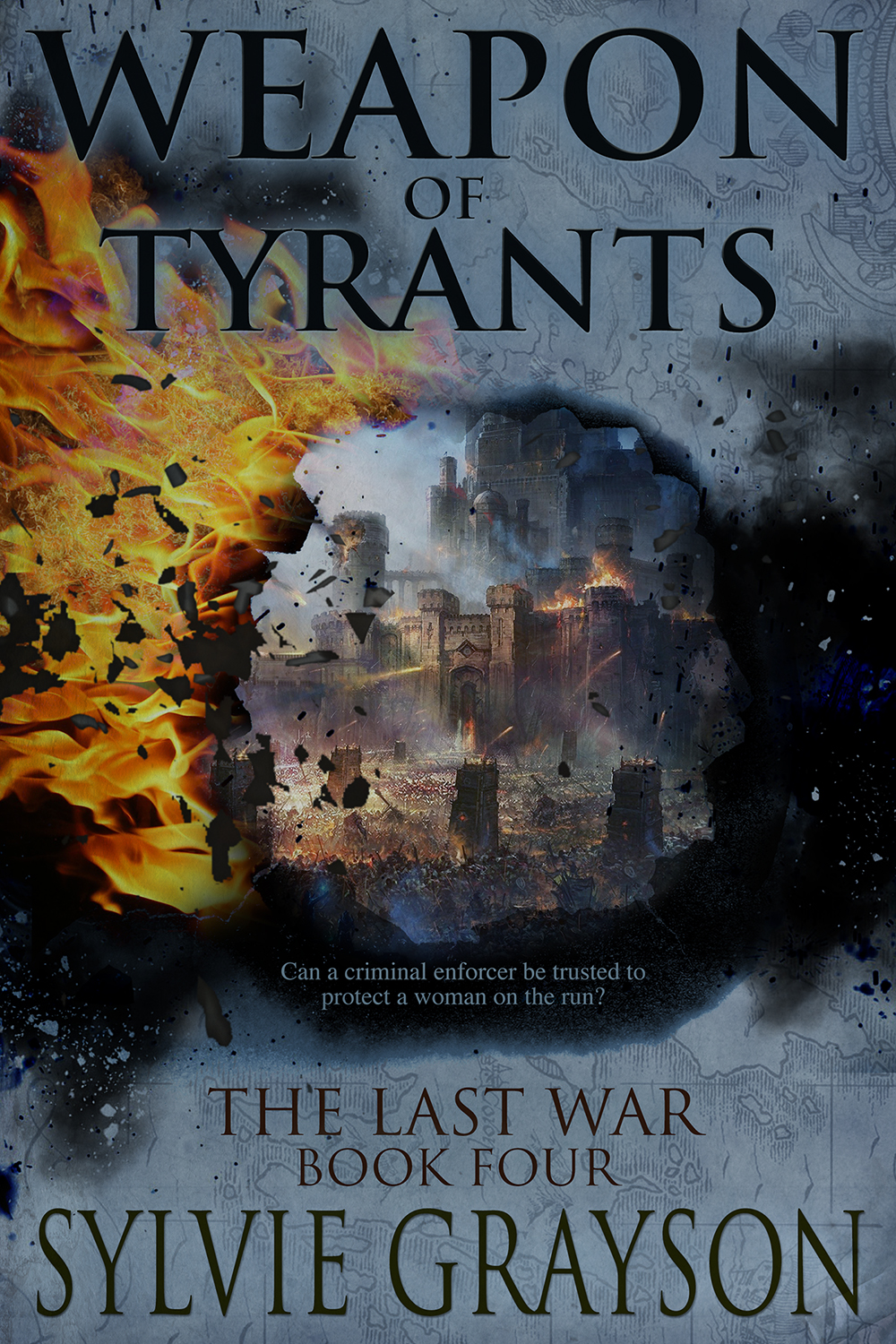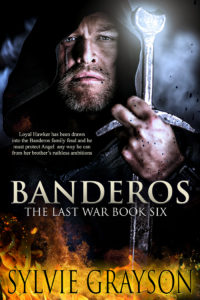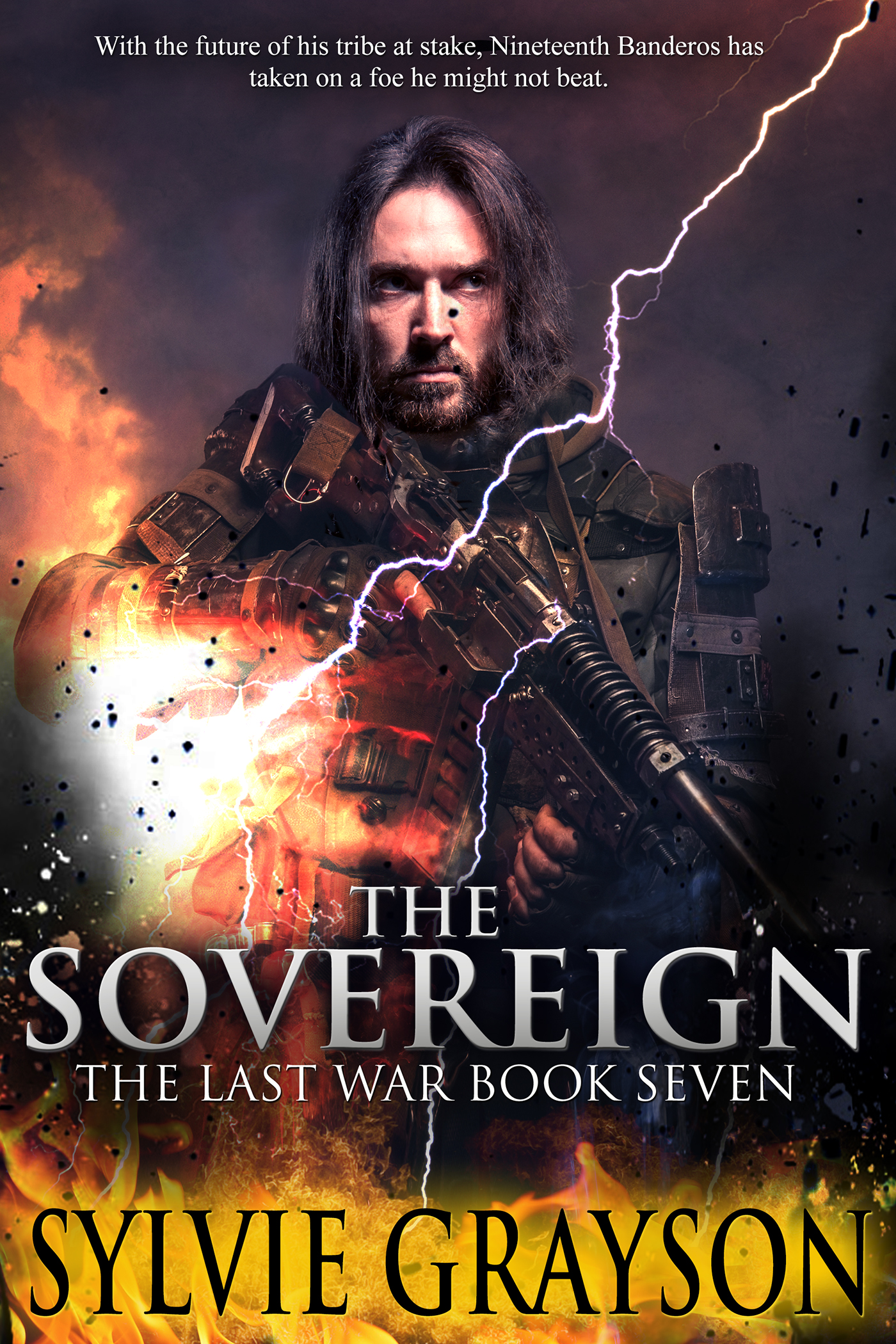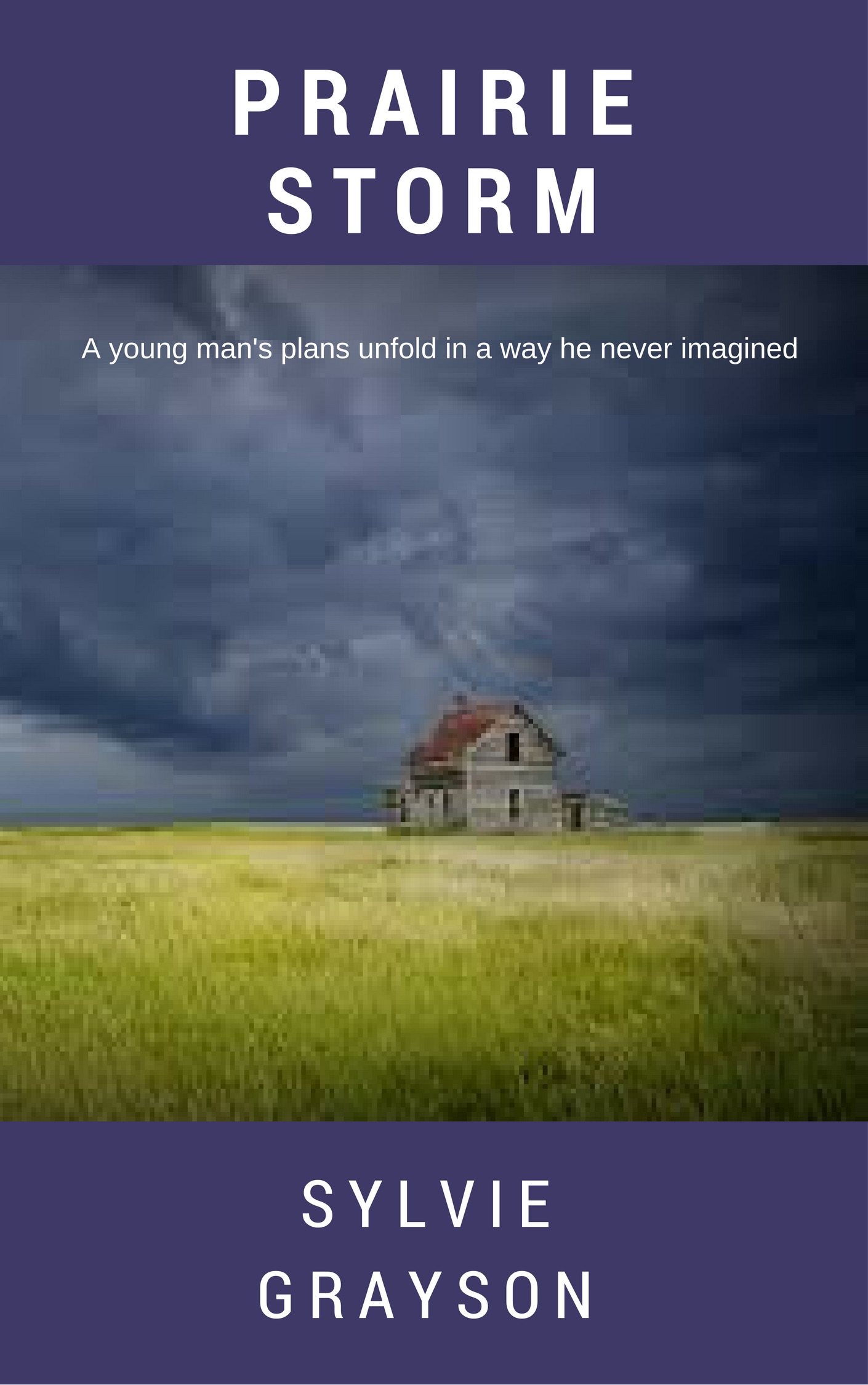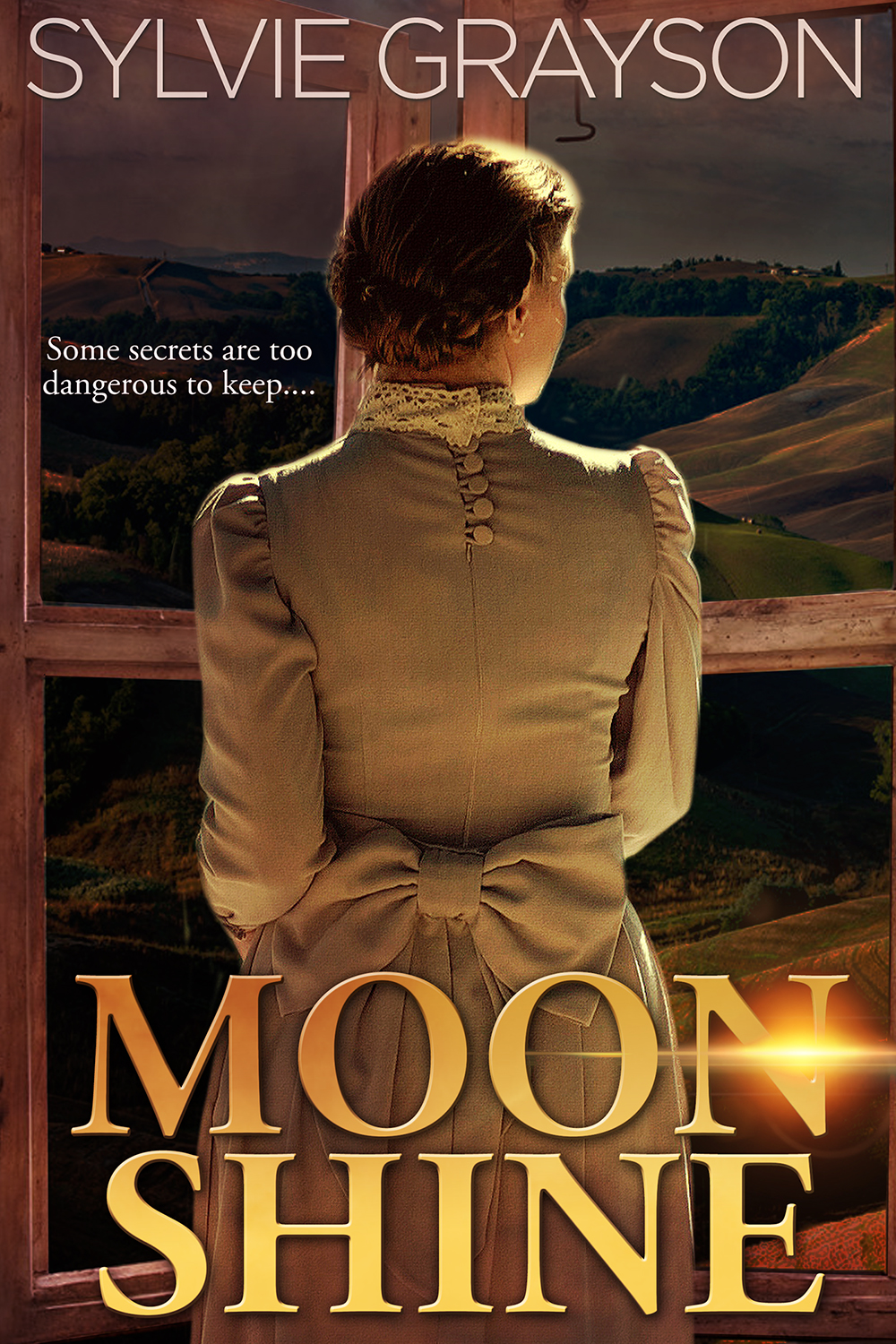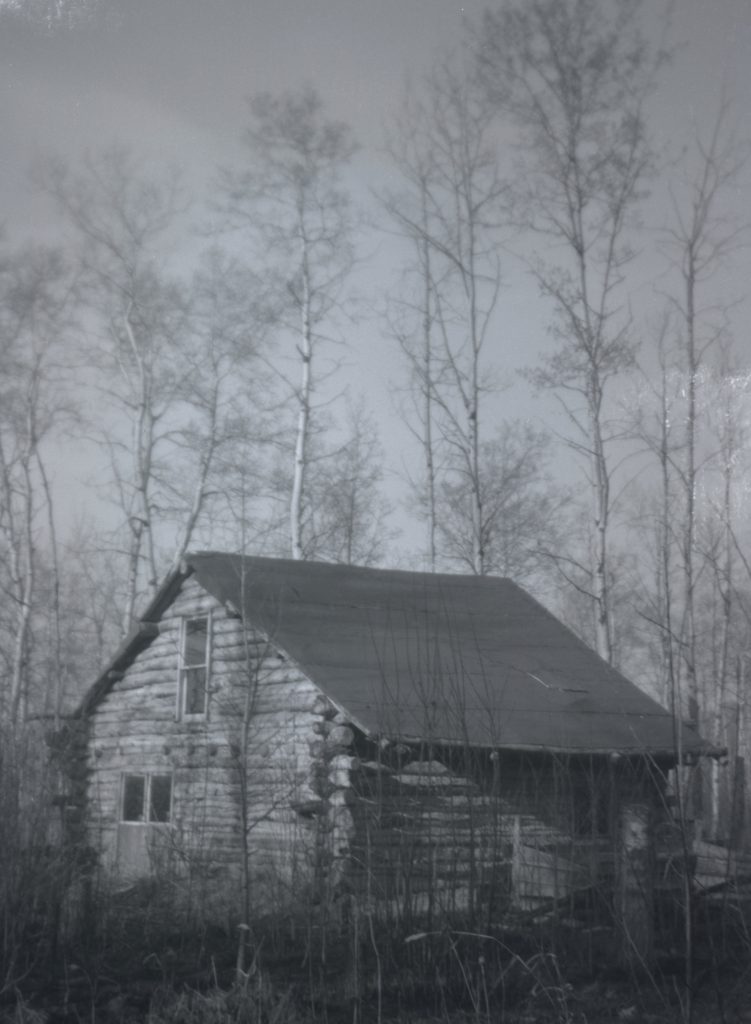
Faith
Mum and Dad both had a strong Christian faith. Through the tough years of their marriage and after, they each relied on Jesus’ love and support.
Dad had been raised in the Salvation Army tradition, Mum with the Anglican church. As a family, we seesawed back and forth, attending one or the other service throughout my childhood. Dad especially loved the music with the Army, the drums and violins.
When training as a lawyer, years later, I was impressed with the service the Salvation Army provides to street people and the homeless. Not only do they run shelters and kitchens to feed the needy, they have volunteers who will attend Provincial Court with them to provide someone to speak on their behalf for minor infractions such as shoplifting, dine and ash, or being drunk and disorderly.
Life was not easy for my parents. Their faith saw them through some very difficult times.
Fort St. John
Fort St. John was first established in 1794 as a fort or fur trading post for the North West Company. It has been moved to several different sites in the area, depending on whether the river was the main mode of transportation, or new roads had made a different site accessible.
It was September 1959 by the time we arrived, and we rented a basement suite for a month in someone’s house in town to see how things would unfold. At 11, I remember watching other kids heading off to school down the street in the morning, wondering what would happen with our chance at an education. My parents didn’t appear to be strategic planners.
Mum and Dad sought out the Land Title’s office in Pouce Coupe. There, the agent was able to show my parents a map detailing where quarter sections of land were available, and they chose one just west of the tiny village of Cecil Lake, some miles east of Fort St. John. Dad signed up, received approval and our destiny was decided. Homesteading 101.
Cecil Lake
Cecil Lake was a small community consisting of a tiny log-built Anglican church where a service was held every third Sunday of the month, a large community hall with a kitchen attached at the back and a baseball field cleared to the side, the two-room school, and a Co-op store with gas service station, where groceries were available and the post office was located. The area had been opened up for homesteading in the 1930s when many families originally moved there to farm the land.
The community hall was used for every local celebration. Weddings were conducted at the church, and the reception and dance were moved over to the community hall, where every family in the area contributed food and drink.
The first year we were there, Nell and I heard at school that there was a fall dance and potluck to be held at the hall, and ‘the folks’ were playing. I asked whose folks would those be. The answer seemed to be simply that ‘the folks’ would play. Our family attended of course, and ‘the folks’ turned out to be the Fauks, a father, son and daughter who played wonderful dance tunes.
When everyone arrived, coats were piled on the two bunk beds in the back room, and food laid out on long tables set up in the hall. As the evening wore on, the food was cleared away and younger children nestled down to sleep among the piles of coats and jackets on the lower bunk bed as the music ramped up and the dancing began. Little girls danced with their fathers, some of them standing on daddy’s toes to be escorted across the floor. Clusters of little boys tore around the hall, chasing each other and dodging between the dancers.
Most of the young men lingered outside in the dark, where quite a large amount of homemade liquor seemed to be consumed. Chairs were lined up down one side of the hall, and the girls sat in a row. When the boys were ready to dance, they walked down the line with their hand out, until a girl accepted the invitation to dance. Often they were pretty inebriated before they came in to take part in the celebration.
There was always a Christmas festival there, with performances on the stage. Mum would write up a skit and Nell and I would be volunteered to act it out at the festival. We also sang, depending on what the festival topic was.
Once word spread that a family had arrived with daughters, the young men began to gather round. Pamela was at home for the first year, doing correspondence before she went in to live in the dorms in Fort St John.
One afternoon, two young men arrived at our place to visit. Dad chatted with them outside for a while, then brought them into the house where Mum served them coffee. They sat and drank their coffee, smoking cigarettes and dropping the ash into the cuffs of their jeans. They didn’t say much, but Pamela had obviously already met them, because she hung in there in anticipation, listening.
Finally, one of them got to the point. There was a dance coming up at the community hall, and he formally asked Dad for permission to escort Pamela to the dance. Dad considered, then gave his consent. A time for pickup was arranged and they left. Mission accomplished.
(More to come)






